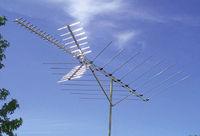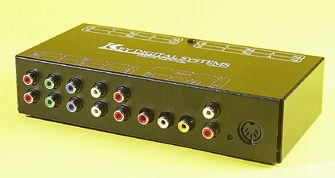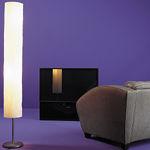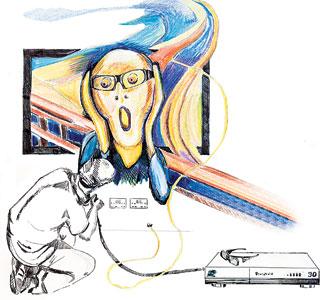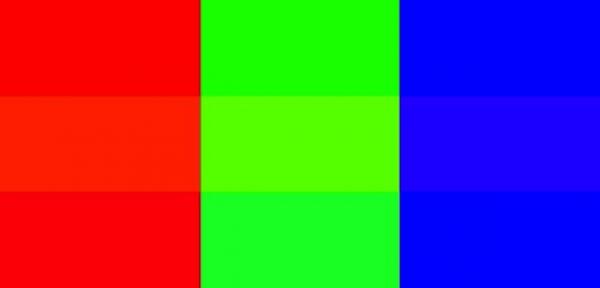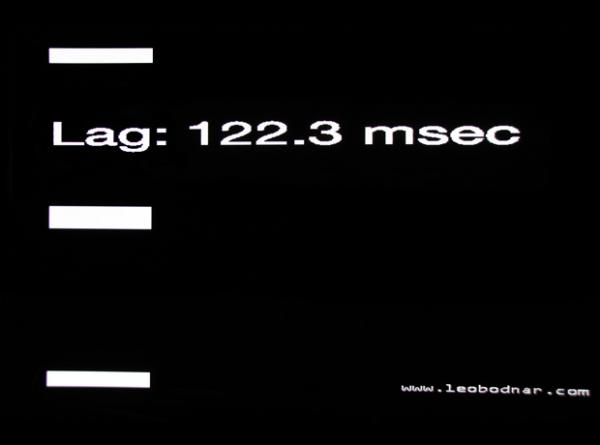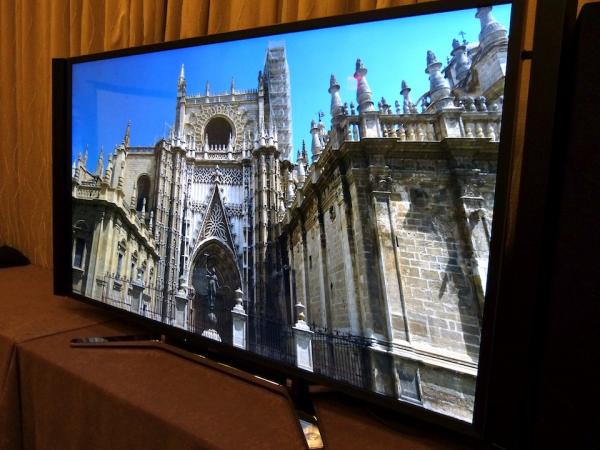|
Sep 30, 2001 |
First Published: Oct 01, 2001
|
Sep 04, 2001 |
First Published: Sep 05, 2001
|
May 02, 2001 |
First Published: May 03, 2001
|
Dec 27, 2000 |
First Published: Dec 28, 2000
